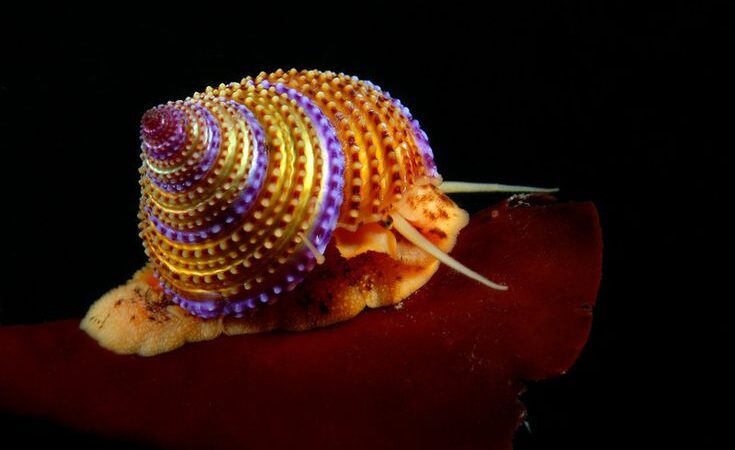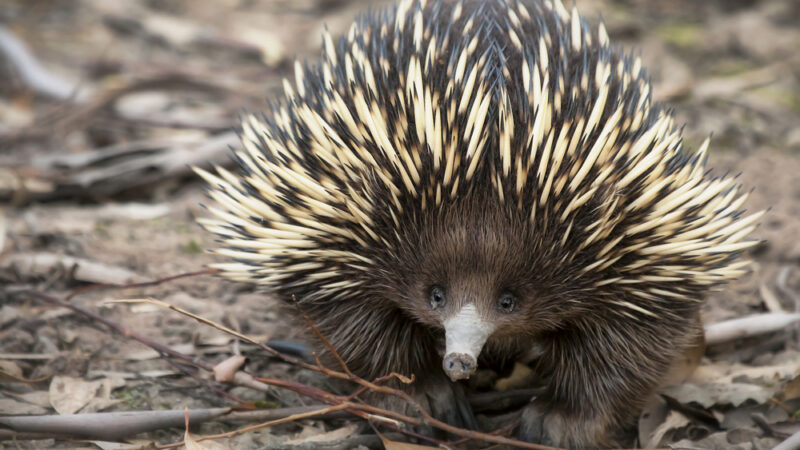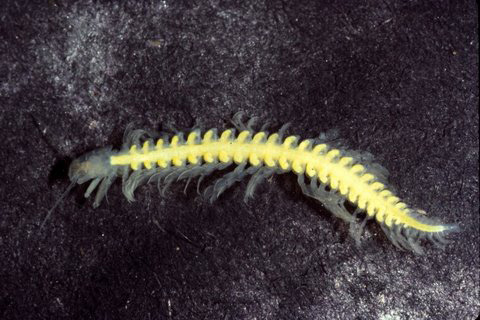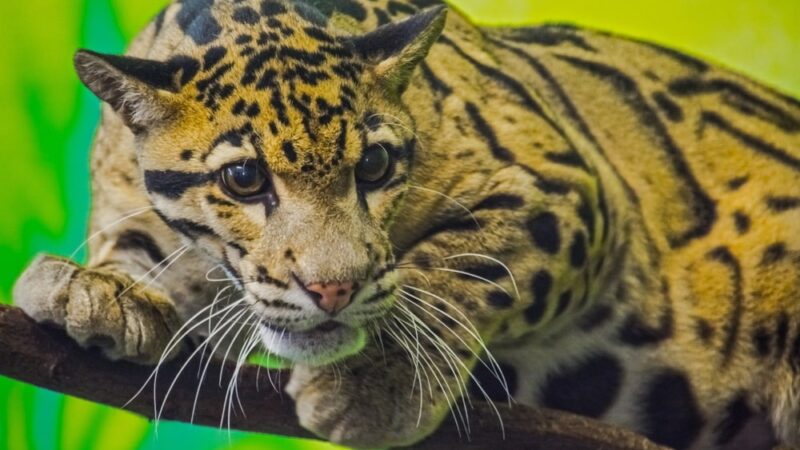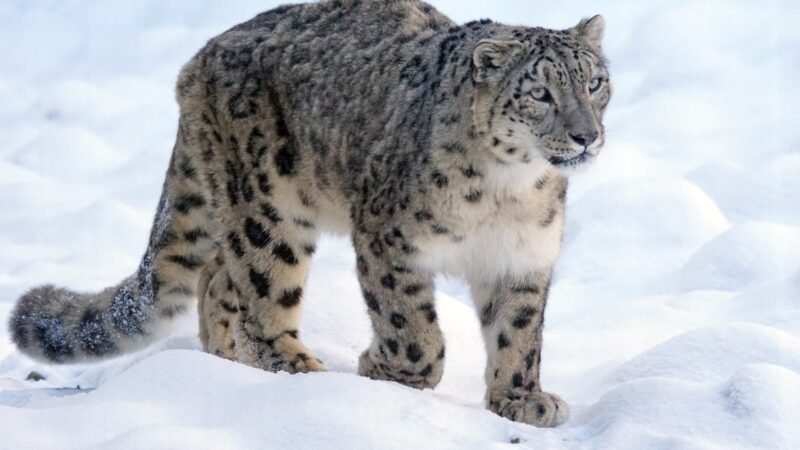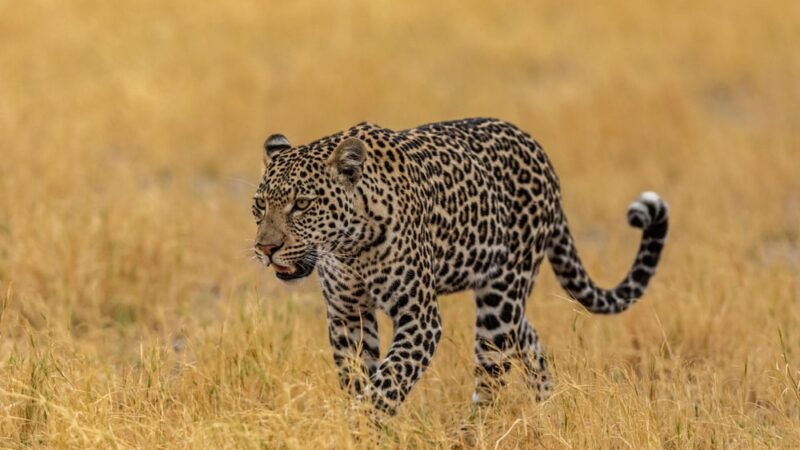Caracal
Shelter for Animal | Caracal | A sand-colored hunter in the dunes, this predator uses stealth and speed to overpower its prey. His hunting prowess has helped him conquer a vast empire; their prey won’t even know what they ate?
The Caracal
Caracals are one of the most successful small cats in the world. Their range extends from South Africa to India, from savannahs to sunny deserts and mountains. Caracals have adapted to life in almost every environment. But it is in dry lands with some vegetation where they thrive, as they offer the right balance of prey availability and ease to stalk and hunt.
They have one of the most varied diets among felines; rodents and other little vertebrates make up the vast majority of their feasts; however, they additionally go for their prey, as little as bugs and as extensive as impalas; their reach coordinates with that of the little impalas, such as crisps and dikers. These ungulates provide an occasional feast for the hungry caracals of some animals; however, even though they are small enough, hunting these types of larger prey is rare for small felines in the world of small cats.
How big Caracals are?
Caracals are giants. At just about a meter in length, they can weigh up to 20 kilograms, about as big as a beagle, and yet they can jump up to three meters, which is especially useful when hunting birds or pouncing on rodents. This is because their bodies are made for explosiveness; their muscle fibers can produce three times more power than a human’s muscle fibers, but it’s short-lived power, and caracals need to get as close to their prey as possible before they pounce in this environment.
Caracal hunting
Finding prey poses its own challenges. Caracal eyes are as sensitive as you’d expect from a stealthy hunter cat, but the real engineering marvels are their ears 20 muscles at the base control their movement. This gives them a huge range of motion and the ability to aim them precisely to find a source of sound. The hunt starts with a sighting. A rock hyrax is spotted scurrying along the ground. This young caracal begins the hunt. His ears on a swivel pick up every footstep and squeak the hyrax makes, but these rodent-like creatures are skittish and also have a cute hearing a noisy faux pas.
Before the caracal is in range, the Caracal’s wide cushioned paws muffle its steps as it advances. Its ears keep moving as it pinpoints its next meal’s location. He won’t go hungry tonight. Something rustles in the tall grass. The Caracal’s ears pick up the location. The Caracal approaches quietly. It’s a young guinea fowl. This is not a common meal for this cat, but he’s hungry, and hunting mode has been engaged. Kill now and ask questions later.
Can a caracal roar?
The hunter pounces, the bird tries to escape, but it’s too heavy to take flight quickly, the caracal puts its claws around its body, bites the neck, and the hunt is over. A meal is secured. Their ears play a bigger role than just being parabolic antennae; like all small cats, caracals can’t roar, and their communication is mostly based on pheromones and bodily fluids. Some males have ranges as big as 200 square kilometers; they rarely interact with other caracals, but when they do, their ears signal all they need to know: interest, aggression, and fear of the ears of these animals.
Caracal Appearance
They are also their most emblematic feature, as they have long black tufts that can be up to five centimeters long. Even their name alludes to their ears, as it’s thought to mean cat with black ears in Turkish. Their ears draw comparisons to the links, and in some areas, caracals are known as desert or Persian links, but it’s a superficial resemblance. Caracal’s closest relatives are actually the serval and the African Golden Cat, two other long-lived high jump specialists.
The purpose of the ear tufts has been debated for centuries. One theory is that they help in communication; the direction of the tufts might signal aggression. Another interesting theory is that when these creatures hide in tall grass, the tufts might attract birds who might mistake them for insects. The jury is still out when caracals mate; they produce some of the cutest kittens in the world.
They’re usually raised in burrows dug by Aardvarks. Around six weeks, they’ll start exploring, and by three months of age, they’ll start hunting, and then they’ll continue the legacy of the stealthy high jumping killers who took over Africa and beyond.
Reference: Wikipedia




